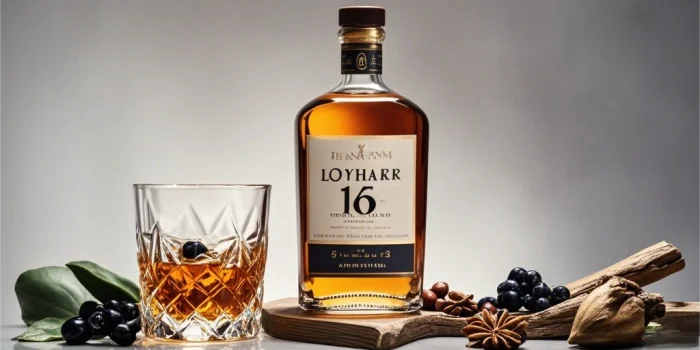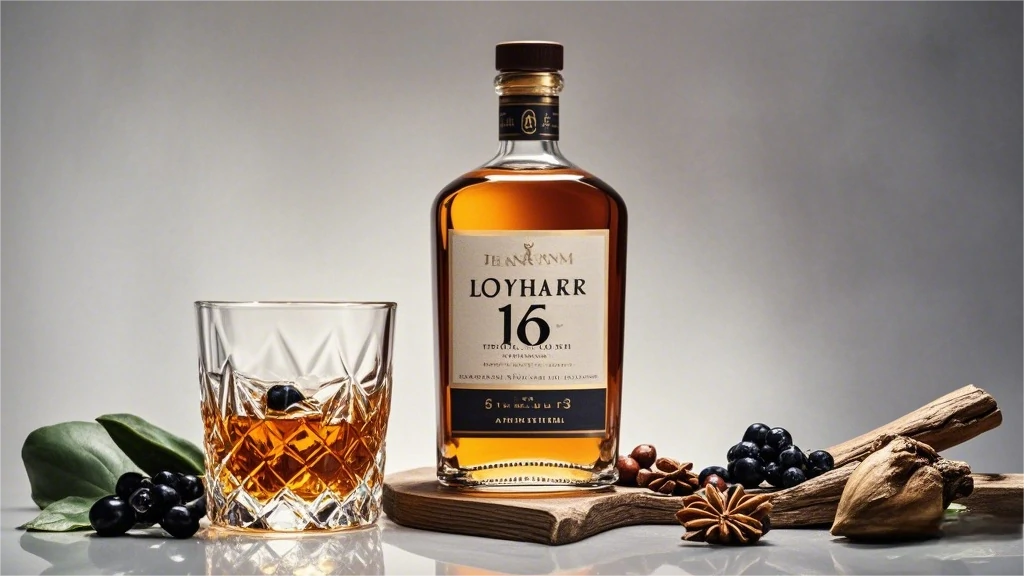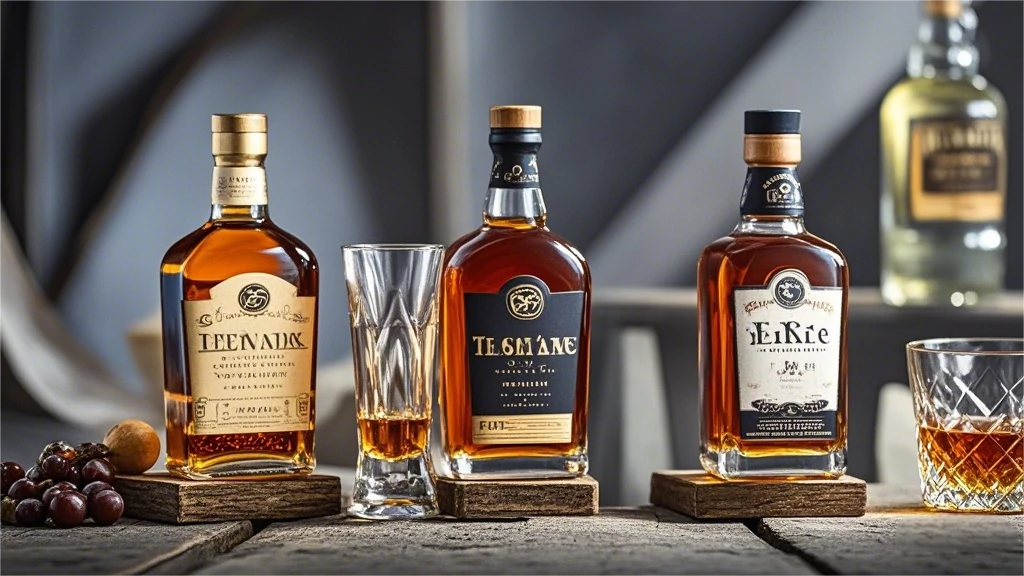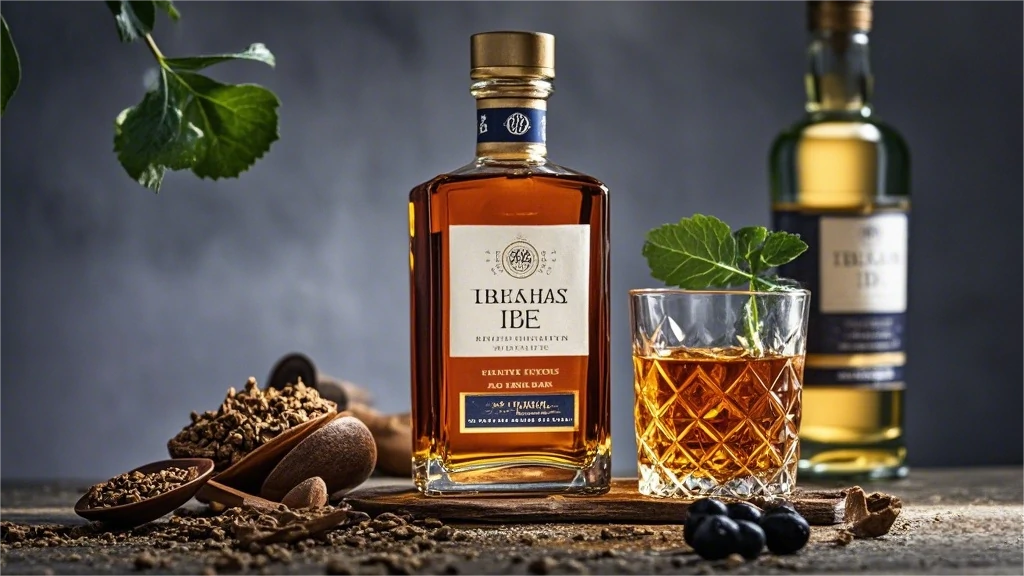That "great price" per bottle might not be…

Designing Elegance: The Art Behind Whiskey Bottle Craft
Whiskey, with its rich history and unparalleled craftsmanship, is more than just a drink—it’s an experience. The visual appeal of a whiskey bottle plays an essential role in conveying the essence of its contents. The intricate design behind whiskey bottles not only reflects the craftsmanship and heritage of the distilleries but also enhances the overall drinking experience. In this blog, we explore the art and creativity that goes into whiskey bottle craft and how these bottles have evolved to become symbols of luxury and sophistication.

The Importance of Whiskey Bottle Craft
A whiskey bottle is often the first impression a consumer has of a particular brand or expression. It serves as both a protective vessel and a marketing tool, communicating the brand’s identity, story, and quality. Whether it’s a sleek, modern design or a vintage, traditional style, the bottle is integral to setting the tone for what lies inside.
Bottle design is particularly important in the premium whiskey market, where consumers are looking for products that stand out on the shelf. For many whiskey lovers, the bottle itself can become a collector’s item or a work of art to display. This emphasis on aesthetics is a powerful force behind the growing trend of beautifully crafted whiskey bottles, where designers and distillers often work closely to create something that captures the essence of the whiskey inside.

The Elements of Whiskey Bottle Craft
Several elements come together to create a truly memorable whiskey bottle. These include shape, materials, color, labeling, and embellishments. Each of these components is carefully considered to evoke a certain feeling or message that resonates with the target consumer.
1. Shape and Form: A Reflection of Tradition and Innovation
The shape of a whiskey bottle is often a balance between tradition and innovation. Classic whiskey bottles have long necks, broad shoulders, and sturdy bases, which are design elements rooted in history. They often evoke the heritage of whiskey-making, harking back to the days when hand-blown glass bottles were used.
However, modern whiskey designs are pushing boundaries. Distilleries have begun to experiment with unique, contemporary shapes that differentiate their products from competitors. For example, Glenfiddich’s Grand Series features a sleek, minimalist bottle with clean lines and a distinctive square shape. The modern designs can often be more abstract, pushing the envelope to create a sense of elegance or even luxury.

2. Materials and Glass: Crafting with Precision
The glass used in whiskey bottles is typically high-quality, thick, and robust to protect the precious contents. While glass is the standard material, distilleries are increasingly exploring other materials like crystal, ceramic, or even wood to create limited edition releases.
Some luxury whiskey brands go so far as to use specially crafted glass that enhances the aesthetic appeal of the bottle. For instance, the Dalmore 62 Year Old whiskey comes in a hand-cut crystal decanter, with its design reflecting the exclusivity of the product. The use of premium materials in the bottle speaks volumes about the whiskey’s quality and the attention to detail the distillery puts into its product.

3. Color: Evoking Mood and Luxury
The color of the glass and the labels is another key design element. Whiskey bottles often feature deep, rich colors, such as amber, dark brown, or green, which reflect the color of the whiskey itself. This serves both a practical and aesthetic purpose—the deep hues help protect the whiskey from light exposure, which could degrade its flavor over time.
Color also plays a psychological role in influencing consumer perception. Dark amber hues are associated with aged, premium whiskeys, while lighter bottles might be used for younger or more approachable expressions. Moreover, some premium whiskeys are housed in custom-designed bottles that incorporate gold or platinum accents, further enhancing the feeling of exclusivity.

4. Labeling: Telling the Story
The label is one of the most critical components of a whiskey bottle, as it often carries the most information about the product. Labels vary in design, from intricate, vintage-inspired designs that hark back to the brand’s origins, to sleek, modern designs that convey sophistication and luxury.
Many distilleries take great care in crafting their labels, often using high-quality materials like embossed or foiled paper, to create a tactile experience for the consumer. In fact, many premium whiskeys incorporate storytelling into their labeling, showcasing the history of the distillery, the origins of the ingredients, or the unique process used to craft the whiskey.
For example, Macallan is known for its intricate bottle designs and detailed labels that describe the origin of the oak casks used in the aging process. The label not only conveys information but also creates a sense of authenticity and prestige that appeals to whiskey connoisseurs.

The Role of Packaging in Luxury Whiskey
For premium whiskey brands, the packaging often extends beyond the bottle itself. High-end whiskey brands frequently include elegant boxes, custom-designed wooden cases, or even leather pouches to protect and showcase their bottles. This packaging is as much a part of the whiskey as the bottle, adding another layer of luxury and prestige.
For instance, the Louis Moinet’s “Meteorite” Whiskey comes in a bottle encased in a wooden box with a lid made from meteorite material, creating a distinct and luxurious experience for the consumer. These unique and personalized packaging choices elevate the value and exclusivity of the whiskey, making it a truly special experience from the moment the box is opened.

Evolving Trends in Whiskey Bottle Craft
As whiskey continues to be a symbol of craftsmanship and culture, the design of whiskey bottles has evolved significantly over the years. Some distilleries focus on environmentally friendly and sustainable packaging, using recycled glass or biodegradable materials to appeal to eco-conscious consumers. Others have embraced cutting-edge technology, experimenting with 3D printing or holographic designs to add a futuristic touch to their bottles.
Another trend is the emphasis on limited-edition packaging. Distilleries are releasing exclusive, small-batch whiskeys with unique bottle designs to create a sense of rarity and specialness. These limited editions often become highly sought after by collectors, further adding to the bottle’s allure and market value.

Conclusion: A Marriage of Art and Craftsmanship
The design of whiskey bottles is far more than just a cosmetic feature—it is an integral part of the whiskey experience itself. Every bottle is a testament to the craftsmanship, heritage, and vision of the distiller, and each design element contributes to the story of the whiskey inside. Whether through the shape, materials, or intricate labeling, whiskey bottle design continues to evolve, reflecting changing consumer tastes, trends, and the desire for exclusivity.
As whiskey lovers and collectors, we don’t just savor the flavors of these fine spirits—we also appreciate the artistry that goes into creating the vessels that house them. In the world of whiskey, the bottle is more than just a container; it is an art form that enhances the drinking experience and symbolizes the elegance of the craft.



